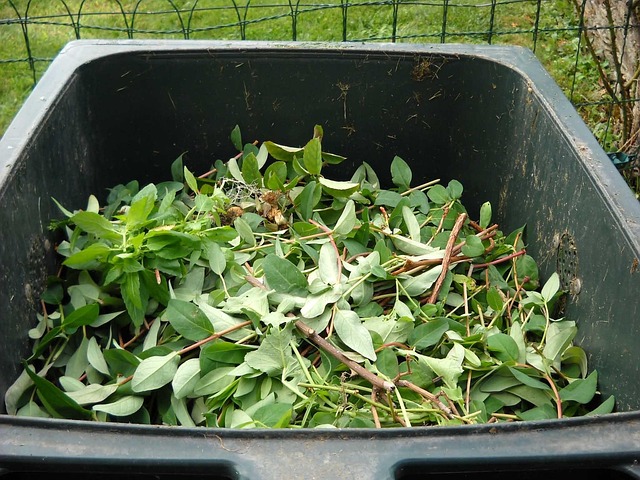5 Sustainable Gardening Practices to Reduce Your Ecological Footprint
As we navigate the complexities of climate change and environmental degradation, many of us are looking for ways to make a positive impact. Gardening offers a unique opportunity to connect with nature while also playing a crucial role in reducing ecological footprint. By adopting sustainable gardening practices, you can cultivate a beautiful garden that not only thrives but also contributes to a healthier planet. Let’s explore five effective methods to transform your garden into an eco-friendly haven!
1. Embrace Native Plants
Choosing native plants for your garden is one of the simplest yet most effective ways to promote sustainability. Native species are already adapted to your local climate and soil conditions, requiring less water and fewer resources to thrive. Additionally, these plants provide vital habitats for local wildlife, supporting biodiversity and reducing the need for chemical fertilizers or pesticides. By embracing native plants, you’re contributing to a balanced ecosystem while minimizing your ecological footprint.
2. Implement Organic Practices
Transitioning to organic gardening eliminates the need for harmful chemical pesticides and fertilizers, which can leach into waterways and harm local wildlife. Instead, focus on natural alternatives such as composting kitchen scraps, using organic mulch, and encouraging beneficial insects like ladybugs and bees. Organic practices not only protect the environment but also create healthier soil, resulting in robust plants and a flourishing garden.
3. Rainwater Harvesting
Water conservation is critical, especially in areas prone to drought. Installing a rainwater harvesting system allows you to collect and store rainwater for irrigation. This practice reduces dependence on municipal water supplies and minimizes runoff that can carry pollutants. By using rainwater in your garden, you’re not only conserving a precious resource but also actively reducing your ecological footprint in your gardening endeavors.
4. Practice Companion Planting
Companion planting is a gardening technique that involves pairing different plant species together to benefit each other’s growth. This method can help deter pests naturally, boost nutrient absorption, and improve overall plant health. By cultivating a diverse garden ecosystem, you can reduce the need for chemical pest control and fertilizers, making your gardening practice more sustainable and environmentally friendly.
5. Grow Your Own Food
One of the most rewarding aspects of gardening is the ability to grow your own food. By creating a vegetable or herb garden, you not only enjoy fresh produce but also reduce your reliance on store-bought items that often require extensive travel and packaging. Growing your own food minimizes carbon emissions associated with transportation and supports sustainable, local eating practices. It’s a fulfilling way to connect with nature while actively contributing to reducing ecological footprint.
Implementing these sustainable gardening practices can significantly enhance your relationship with the environment and diminish your ecological footprint. By making mindful choices in your garden, you’re not just creating a beautiful space, but also nurturing a healthier planet for generations to come. Start small, and watch how your efforts can lead to significant change!




